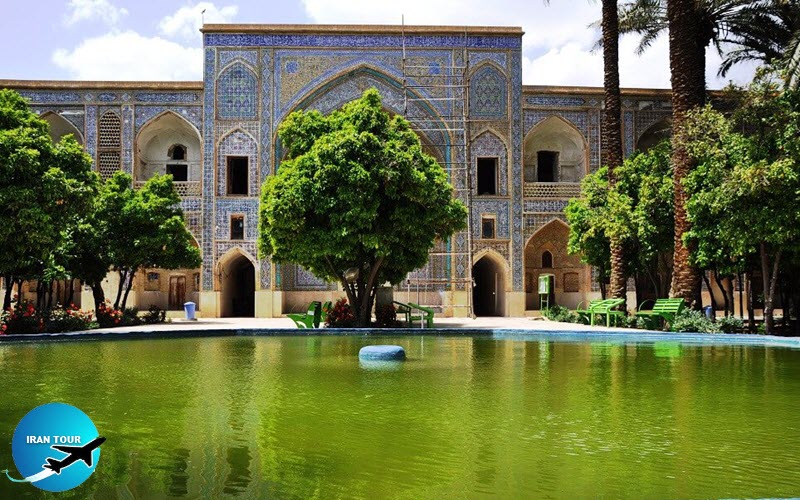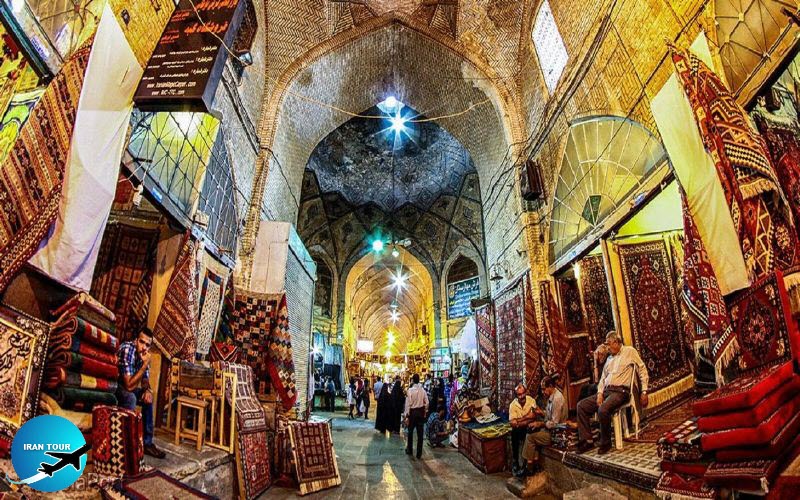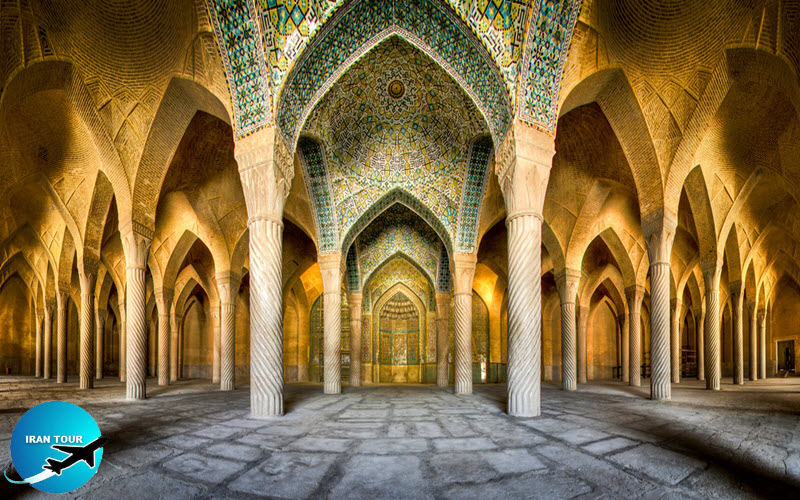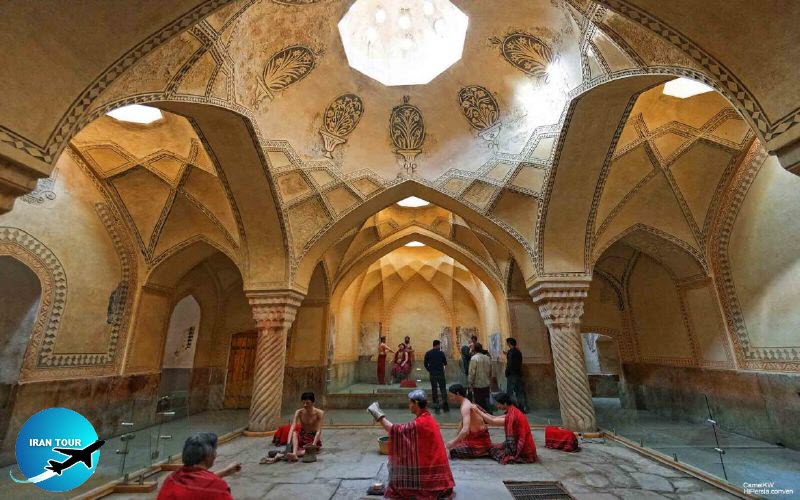Copyright 2020 - 2021 irantour.tours all right reserved
Designed by Behsazanhost
Khan Madreseh
The largest and most famous college for religious instruction in Shiraz, the Khan Madreseh was founded at the order of Allahverdi Khan, the famous Governor-general of Fars, and completed in 1615 by his son and successor, Imam Qoli Khan. At the time of its inauguration, the college housed one hundred dorms, inhabited by one hundred students of theology.
- Details
- Category: Museums of Shiraz
Vakil Bazaar
Virtually no Iranian town exists without its bazaar, in which craftsmen, retailers, and wholesalers, grouped according to their business, work, sell, or buy. Although the tendency today is for enterprising shopkeepers and merchants to move out of the bazaars into the more modern commercial districts, bazaars still play an important role in Iranian life - not only as the main centers of commerce, but also as influential elements in the social, cultural, and political life of the cities.
- Details
- Category: Museums of Shiraz
Vakil Mosque
Masjed e Vakil The Regent's Mosque is one of the most beautiful Karim Khan's creations in Shiraz. It is significant not only as a major religious building of the Zand period but also as the only important building of its kind to be constructed in late 18th-century Iran. The mosque has taken its current shape after several stages of construction and restoration.
- Details
- Category: Museums of Shiraz
Vakil Water Cisterns or Abanbare Vakil
To ensure substantial water supply for the residents of Shiraz, Karim Khan Zand ordered the construction of four large water cisterns in the city. All of them were created roughly at the same time during 1760-1765. One of these cisterns stood beside the Mausoleum of Hafez, another in Haft Tanan, still others beside Divan-Khaneh, and finally the largest of them behind the Vakil Bath.
- Details
- Category: Museums of Shiraz
Vakil Bath
Another public building from the Zand rule in Shiraz, Vakil (Regent's) Bath is one of the largest and most beautiful Iranian traditional baths. The structure occupies an area of 1,350 sq. m and is built of brick, stone, and gypsum mortar. The numerous chambers and passageways of the bath were constructed in such a way as to allow no hot steam to escape the bath, and no cold air to get in.
- Details
- Category: Museums of Shiraz



